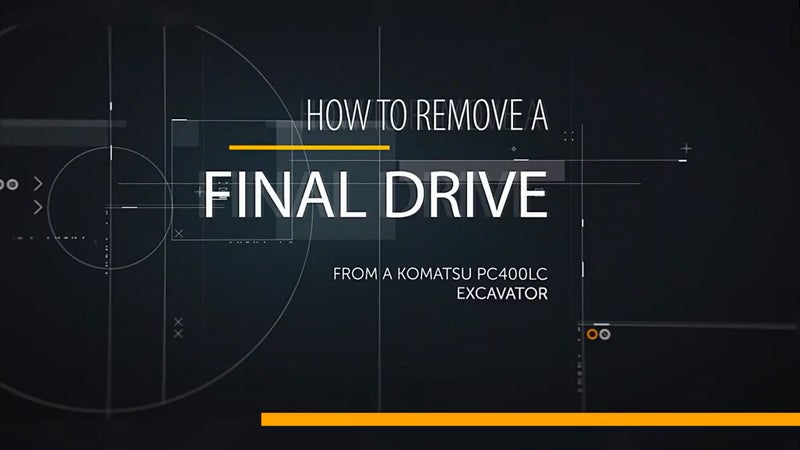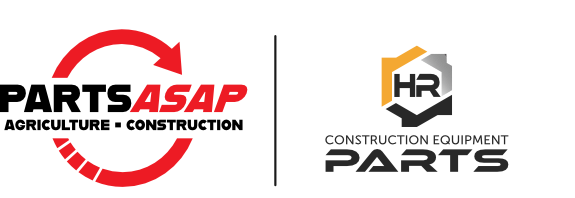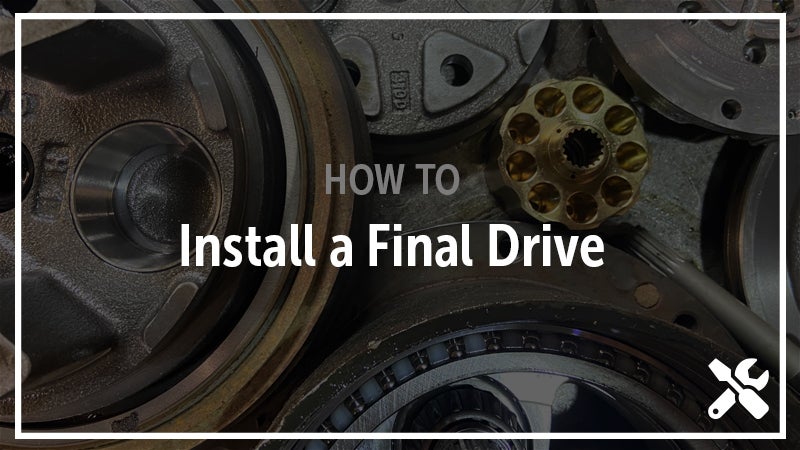
How to Remove a Final Drive
You’ve got a machine with a faulty final drive and if your luck’s not great it’s either the dead of winter, the doldrums of summer, or the rainiest day in recent memory, but with some simple planning and prep, we know you can get that final off and get one step closer to up and running -- simply, safely, and quickly.
Safety First and a Little Prep
Whether you’re in the shop or out in the field, start by ensuring your machine is safe to work on. Even a small final drive can be on the heavy side -- moving the final drive is best done using a machine. In the H&R Teardown bays, our salvage experts have heavy-duty cranes for moving and support. If the field, you’ll want a machine to lift and pull.
You’ll also want caps for your lines and your ports, pans to catch oil, and labels of some kind for your final and your lines. We also recommend grabbing your phone and snapping pictures along the way if you’re the one who’s going to be doing the re-install.
Clean the Area
Removing the dirt and debris around your final drive will not only let you get a better look at the final drive, it’ll give you a better look at any adjacent parts, help your sockets slide on smooth and bolts slide out better, and reduce the chances of contaminating your hydraulics. In the video above and in the H&R salvage yards, we use a needle scaler to remove debris and get a better picture of the final drive.
After you have the area clean, you can remove the tracks (or tires) to access the final drive.
Remove the Bolts
Start by removing the bolts on the sprocket side and then switch to the outer side. Remove the bolts from the cover, then remove the cover plate from the machine’s frame. Especially with the bolts that have been exposed to the elements you can expect a good amount of resistance.
Disconnect the Hydraulic Lines
If you’ve read our How to Install a Final Drive post, you already know our color tape tip -- simply use different colored tapes to match line to port, a strip around the line and a square above the port. When you get to re-install, you’ll thank yourself for making the job easier.
Once the lines are loose, you’ll want to cap them and to plug the ports on the final drive. Keeping your hydraulic system clean is top-level important.
Removing the final drive is sometimes a little easier said than done. You’ll need to make sure it’s suspended while you push/pull it loose. If your final drive is especially stubborn you might need to use an assisting system to help push it free, like a hydraulic ram. A chain or sling attached to the final drive will help you pull it without it falling once it comes loose and afterwards you can use the same set-up (and the help of gravity) to ease your sprocket free by tilting the final drive (see video).
Hopefully, all went smoothly and the old final drive is out. If you’re searching for a new, aftermarket final drive or a used final drive, the Parts Specialists at H&R are here to help. We support over 6K machines with our H&R brand final drives and customers come to us, year after year, because of our commitment to their success and our dedication to delivering great parts at a great cost. We're always here to help.



